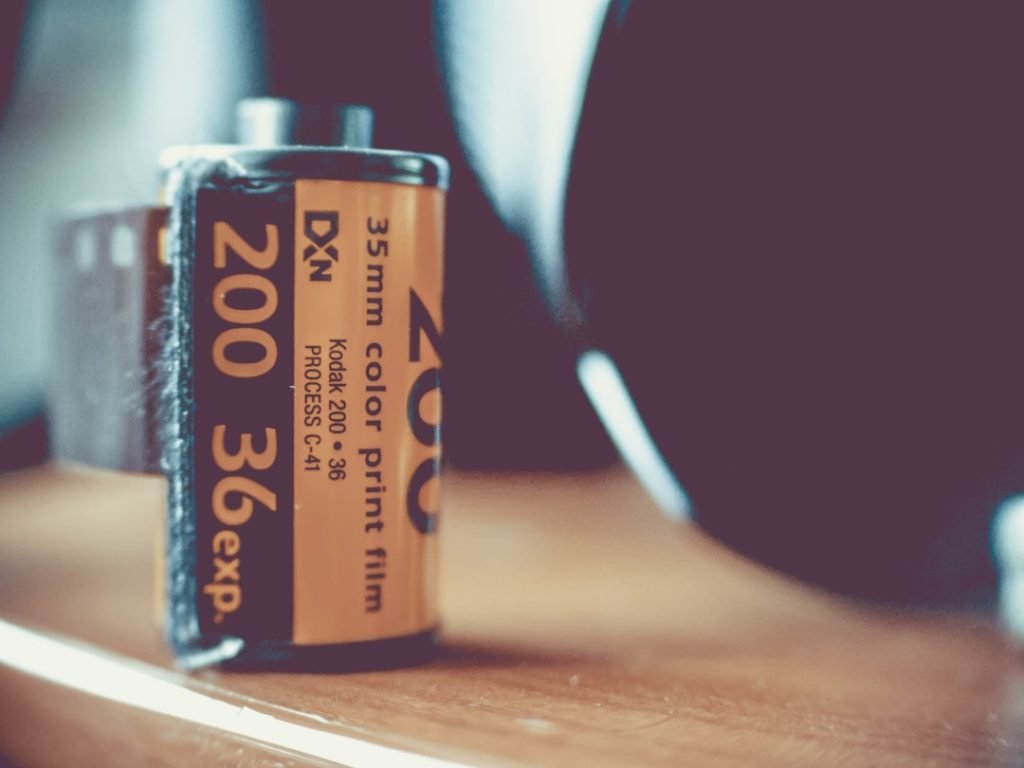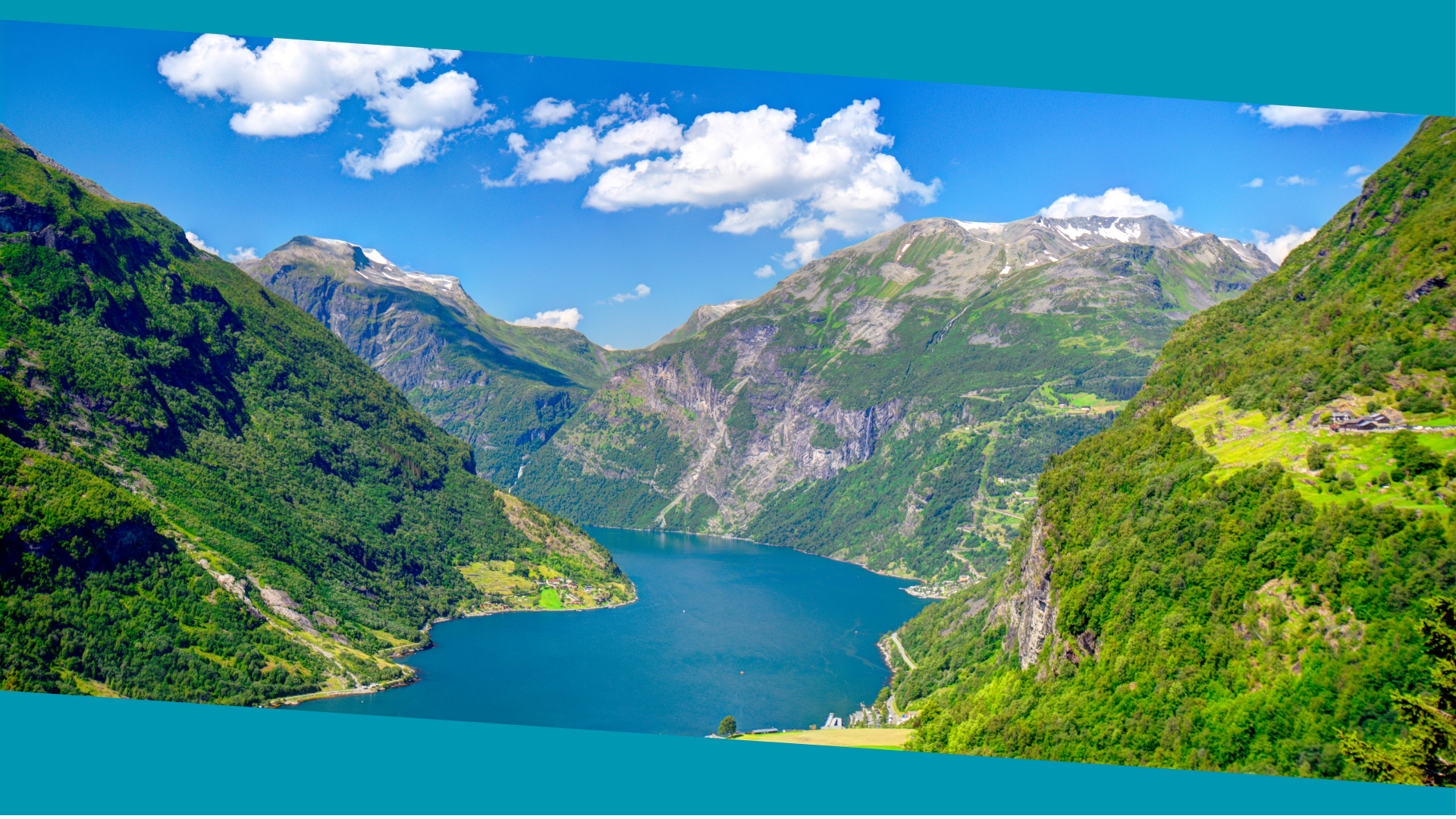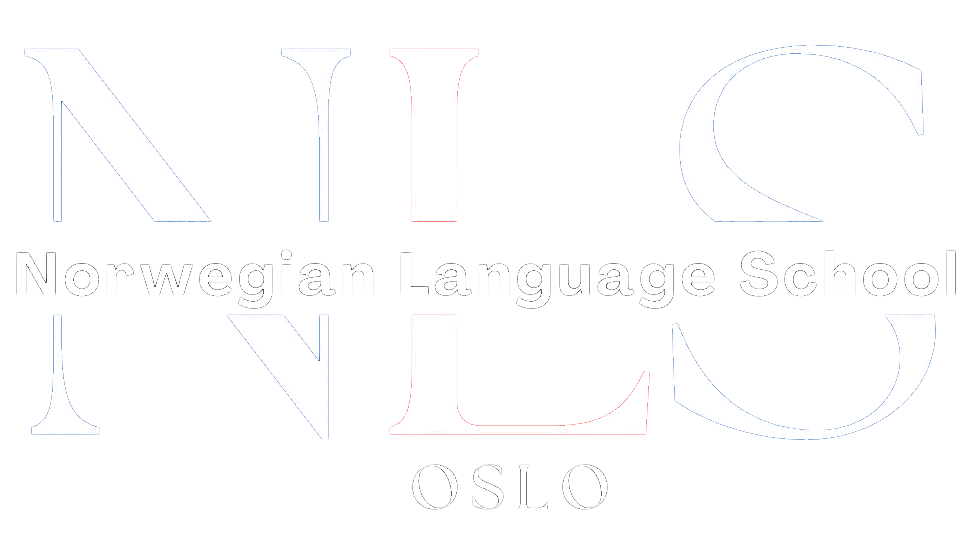

Cinema Lover’s Norwegian Guide: Discussing Films and Genres in Norwegian
Norwegian cinema has a rich history that dates back to the early 20th century. The first Norwegian film, “Fiskerlivets farer” (Dangers of the Sea), was released in 1907 and marked the beginning of a new era for Norwegian filmmakers. Over the years, Norwegian cinema has grown in prominence and has made significant contributions to the global film industry.
Despite its relatively small size, Norway has managed to produce a number of internationally acclaimed films that have garnered critical acclaim and commercial success. One of the most notable examples is the 2014 film “Kon-Tiki,” which was nominated for an Academy Award for Best Foreign Language Film. This film tells the true story of explorer Thor Heyerdahl’s 1947 expedition across the Pacific Ocean on a raft.
Table of Contents
ToggleKey Takeaways
- Norwegian cinema has a rich history dating back to the early 20th century.
- The rise of independent cinema in Norway has led to a diverse and innovative film scene.
- Norwegian films span a range of genres, from historical dramas to contemporary comedies.
- Some of the best Norwegian films of all time include “The Wave,” “Oslo, August 31st,” and “Kon-Tiki.”
- Norwegian film festivals like the Bergen International Film Festival and the Tromsø International Film Festival offer a chance to see the latest and greatest in Norwegian cinema.
The Rise of Norwegian Indie Films: A Look at the Country’s Independent Cinema Scene
In recent years, there has been a surge in independent films coming out of Norway. This can be attributed to a number of factors, including increased government funding for the arts, the rise of digital technology making it easier and more affordable to produce films, and a growing interest in unique and unconventional storytelling.
One example of a successful Norwegian indie film is “Oslo, August 31st” (2011), directed by Joachim Trier. The film follows a day in the life of Anders, a recovering drug addict who is on leave from a treatment center for a job interview in Oslo. The film received critical acclaim for its honest portrayal of addiction and its exploration of existential themes.
Norwegian Film Genres: From Historical Dramas to Contemporary Comedies
Norwegian cinema encompasses a wide range of genres, from historical dramas to contemporary comedies. Historical dramas have been particularly popular in Norway, with films like “The King’s Choice” (2016) and “Max Manus: Man of War” (2008) receiving critical acclaim and commercial success.
On the other end of the spectrum, Norwegian comedies have also gained popularity both domestically and internationally. Films like “The Troll Hunter” (2010) and “In Order of Disappearance” (2014) have been praised for their unique blend of humor and social commentary.
One of the unique characteristics of Norwegian films is their ability to seamlessly blend genres. For example, the film “Thelma” (2017), directed by Joachim Trier, combines elements of horror, drama, and romance to create a captivating and thought-provoking story.
The Best Norwegian Films of All Time: A Comprehensive List
There have been many outstanding Norwegian films throughout history, but some stand out as the best of the best. Here is a comprehensive list of the top Norwegian films of all time:
1. “The Seventh Seal” (1957) – Directed by Ingmar Bergman, this film tells the story of a knight who plays a game of chess with Death in order to delay his own demise.
2. “Breaking the Waves” (1996) – Directed by Lars von Trier, this film follows the story of a young woman who makes a series of sacrifices for the man she loves.
3. “Oslo, August 31st” (2011) – Directed by Joachim Trier, this film explores themes of addiction and existentialism through the eyes of a recovering drug addict.
4. “Kon-Tiki” (2014) – Directed by Joachim Rønning and Espen Sandberg, this film tells the true story of explorer Thor Heyerdahl’s 1947 expedition across the Pacific Ocean on a raft.
5. “Reprise” (2006) – Directed by Joachim Trier, this film follows the lives of two aspiring writers as they navigate the challenges of love, friendship, and success.
These films are considered the best in Norwegian cinema due to their exceptional storytelling, compelling characters, and thought-provoking themes.
Norwegian Film Festivals: Where to Go and What to See
Norway is home to a number of film festivals that showcase the best of Norwegian cinema as well as international films. Here are some of the most notable film festivals in Norway:
1. Tromsø International Film Festival – This festival takes place in Tromsø, a city located in the Arctic Circle. It focuses on showcasing films from the Nordic countries and other Arctic regions.
2. Bergen International Film Festival – Held in Bergen, this festival features a diverse selection of films from around the world. It also hosts industry events and workshops for aspiring filmmakers.
3. Oslo Films from the South Festival – This festival celebrates films from Africa, Asia, and Latin America. It aims to promote cultural diversity and provide a platform for underrepresented voices in the film industry.
4. Norwegian International Film Festival – Located in Haugesund, this festival is one of the oldest and most prestigious film festivals in Norway. It showcases a wide range of films from around the world and hosts industry events and seminars.
Each festival offers a unique experience for film enthusiasts, with a variety of genres and styles represented. Whether you’re interested in Nordic cinema, international films, or films from underrepresented regions, there is a festival in Norway that caters to your interests.
The Norwegian Film Industry: An Insight into its History and Evolution

The Norwegian film industry has come a long way since its humble beginnings in the early 20th century. Over the years, it has evolved and grown into a thriving industry that produces high-quality films that are recognized both domestically and internationally.
One of the key players in the Norwegian film industry is the Norwegian Film Institute (NFI), which is responsible for funding and supporting the development, production, and distribution of Norwegian films. The NFI plays a crucial role in ensuring that Norwegian filmmakers have the resources and support they need to bring their visions to life.
In recent years, there has been a shift towards more international collaborations in the Norwegian film industry. This has led to an increase in co-productions with other countries, allowing Norwegian filmmakers to access a wider range of resources and reach a larger audience.
Famous Norwegian Filmmakers: A Profile of the Country’s Most Celebrated Directors
Norway has produced a number of talented and celebrated filmmakers who have made significant contributions to the global film industry. Here are some of the most notable Norwegian directors:
1. Joachim Trier – Known for his unique storytelling style and exploration of existential themes, Joachim Trier has gained international acclaim for films like “Oslo, August 31st” (2011) and “Reprise” (2006).
2. Lars von Trier – Although controversial at times, Lars von Trier is considered one of the most influential filmmakers in contemporary cinema. His films, such as “Breaking the Waves” (1996) and “Dancer in the Dark” (2000), often push boundaries and challenge conventional storytelling techniques.
3. Bent Hamer – Bent Hamer is known for his distinct visual style and dry humor. His films, such as “Kitchen Stories” (2003) and “O’Horten” (2007), often explore themes of loneliness and human connection.
These directors have made a significant impact on Norwegian cinema and have helped put Norway on the map in the global film industry.
Norwegian Film Schools: Where to Study Film in Norway
For aspiring filmmakers, Norway offers a number of excellent film schools that provide comprehensive training and education in all aspects of filmmaking. Here are some of the top film schools in Norway:
1. Norwegian Film School – Located in Lillehammer, the Norwegian Film School is one of the most prestigious film schools in Norway. It offers a three-year Bachelor’s program in Film and Television Production, as well as a two-year Master’s program in Film Directing.
2. Westerdals Oslo ACT – This school offers a Bachelor’s program in Film and TV Production, as well as a Master’s program in Film Directing. It is known for its hands-on approach to learning and its emphasis on practical experience.
3. Nordland College of Art and Film – Located in Kabelvåg, this school offers a Bachelor’s program in Film and TV Production. It is known for its focus on experimental and avant-garde filmmaking.
Each film school offers a unique curriculum and facilities, so it’s important to research and visit each school to determine which one is the best fit for your personal preferences and career goals.
The Role of Norwegian Cinema in Shaping National Identity and Culture
Norwegian cinema has played a significant role in shaping national identity and culture. Through its films, Norway has been able to showcase its unique landscapes, traditions, and values to the rest of the world.
One example of a film that has had a significant impact on Norwegian society is “The King’s Choice” (2016). This film tells the story of King Haakon VII’s decision to resist the German invasion during World War
The film not only highlights an important moment in Norwegian history but also celebrates the resilience and bravery of the Norwegian people.
By preserving and promoting Norwegian cinema, future generations will be able to gain a deeper understanding of their cultural heritage and appreciate the contributions that Norwegian filmmakers have made to the global film industry.
The Future of Norwegian Cinema: Trends and Predictions for the Coming Years
The future of Norwegian cinema looks promising, with continued growth and success on the horizon. One of the key trends that we can expect to see in the coming years is an increase in international collaborations and co-productions. This will allow Norwegian filmmakers to access a wider range of resources and reach a larger audience.
Another trend that is likely to continue is the rise of independent films in Norway. With increased government funding and advancements in digital technology, it has become easier and more affordable for independent filmmakers to produce high-quality films. This will lead to a greater diversity of voices and stories being represented in Norwegian cinema.
In order for Norwegian cinema to remain relevant in the global film industry, it is important for filmmakers to continue pushing boundaries and exploring new storytelling techniques. By embracing innovation and staying true to their unique cultural heritage, Norwegian filmmakers can continue to captivate audiences both at home and abroad.

Norwegian A1-A2
Course Overview The Norwegian A1-A2 course is an online program focused on teaching essential Norwegian grammar and vocabulary. It includes a variety of materials and topics, with opportunities to interact with a Norwegian teacher entirely online. Curriculum Highlights The course covers key areas such as grammar and vocabulary and topics such as family, daily life, education, work, traditions, and leisure activities. Who Should Enroll? This course is perfect for beginners or those at the A1 or A2 levels who want to improve their Norwegian skills. What You Get Access to the full Norwegian A1-A2 course. A monthly 1-hour online conversation with a teacher. Many written and oral assignments. Comprehensive information on Norwegian grammar, Norwegian vocabulary and how to use them, important sentence structures, etc. Tips on additional resources to further enhance your Norwegian learning.
0 students enrolled
Last updated Dec 10th, 2024
If you want to learn Norwegian, you can register for classes here. We look forward to hearing from you and helping you become fluent in Norwegian.
Refer a friend and get $150. Join the program here






